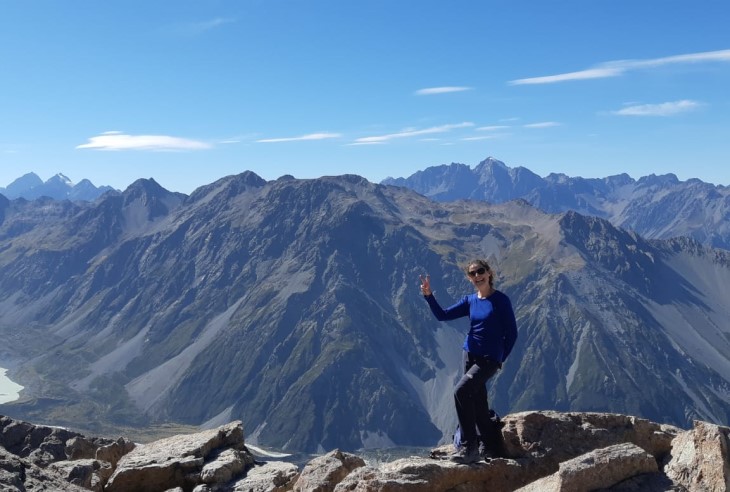Diane’s story: Fracture service helps deal with life-changing fall

This year got off to a bad start for Diane Alder, a nasty fall leaving her with a fractured arm and a shock osteoporosis diagnosis. But the ACC-supported Fracture Liaison Service is helping her get through a challenging time.
Nurse Diane Alder says it was a huge shock to learn she had osteoporosis – she thought it was an older person’s condition.
The 58-year-old from Taranaki had a nasty fall on New Year’s Day, which resulted in her fracturing the wrist and forearm in her left arm.
It’s been a challenging recovery for Diane but, early in her rehabilitation, she received a much-needed call from the Fracture Liaison Service (FLS).
“It was a real bonus to receive that call and get booked in for a bone density scan to see if there were any underlying issues,” she says.
“I didn’t know ACC funded that sort of support – it was great to get that information so I could make an informed decision.”
Diane leads an active life. She goes to the gym a few times a week and walks her dogs on the beach often. She had never broken a bone, so thought her double fracture was just an unlucky accident.
“It was a huge shock to find out I had osteoporosis. I think of it as an older person’s condition, and I don’t consider myself an old person – yet,” she says with a laugh.
Diane says going through the Fracture Liaison Service was a great experience. It gave her all the information on osteoporosis she needed in her recovery and also increased her understanding of how to manage her body going forward.
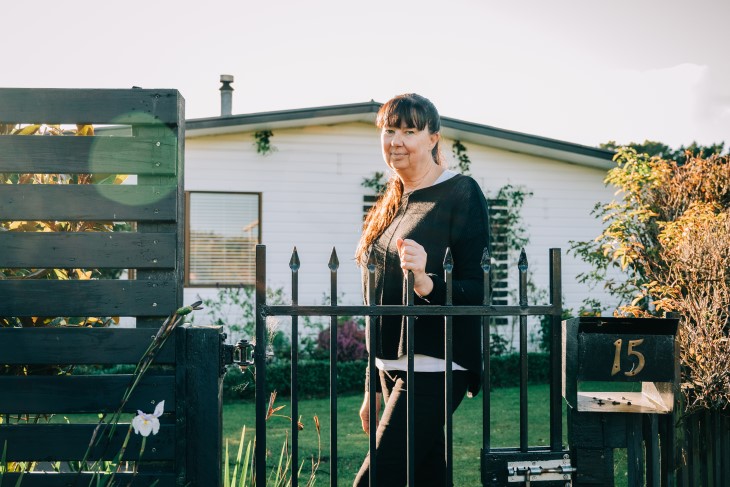
‘Not how I wanted to start the new year’
She had been in a good mood on the first day of the year. She went out for a long walk with her two dogs, Suki and Kenzo.
On her return, she walked in the front door and slipped on some water spilt from the dogs’ bowl, which sent her flying through the door. She tried to right herself by grabbing the door frame, but did damage to her wrist and fell head-first out the door.
Lying for a few minutes in pain, she slowly stood up and thought she’d just bruised herself.
“I hadn’t broken a bone before and it didn't seem like a major fall to me,” she says.
“So I was really shocked that both bones were broken. It wasn’t the way I wanted to start the new year.”
Diane went to hospital and was put into a cast for six weeks. Her injury has had a big impact, on both herself and those around her.
“It was a real hassle,” she says.
“The pain made it difficult to sleep and trying to get comfortable with an arm that’s sore and aching was really frustrating.”
Showering was difficult and making meals was a challenge, while Diane couldn’t enjoy some of her hobbies.
“I was on holiday from work at the time but I couldn’t do anything I wanted to, like gardening. I tried with one hand but then you try to pull with the other hand and it hurts too much. So I just gave up and went inside.”

Seeing things from the other side
Diane says her experience shows it’s better to prevent an injury happening in the first place. The older you get, the harder and slower it is to recover.
Her arm hasn’t healed perfectly and she has a torn tendon which wasn’t initially diagnosed so she’ll soon be facing surgery, with another long recovery ahead of her.
She returned to work as a nurse three weeks later on light duties and says it was great to get back into her role and connect with her workmates.
Diane says her accident will help in her work at Southern Cross Hospital.
“When you have an experience like this, it gives you more empathy of being on the other side,” she says.
“I thought I knew what it would be like. But I was surprised it wasn’t what I thought at all.”
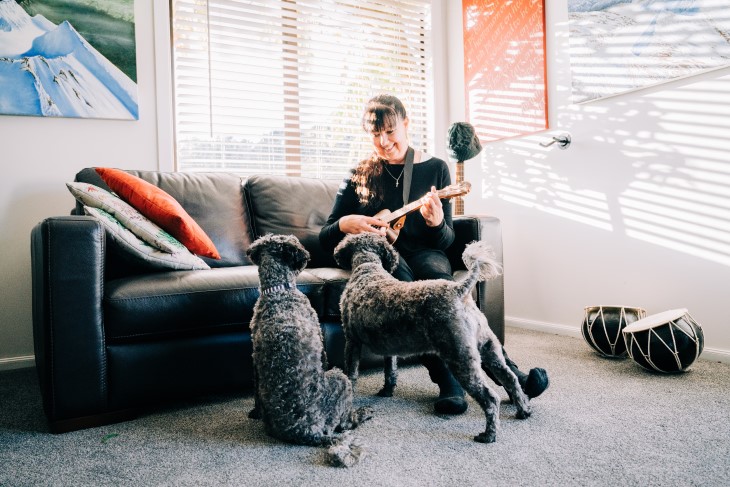
Fracture service provides asset to community
Adults aged 50 years and over who have sustained a fragility fracture can access the Fracture Liaison Service while many GPs can also refer them to the service.
“They were excellent to deal with,” Diane says.
“You want to know what’s going on with your body so you can manage it and make sensible decisions going forward.”
The Taranaki Fracture Liaison Service has been recognised as an asset to the community, receiving a Silver Star rating accreditation through the International Osteoporosis Foundation’s ‘Capture the Fracture’ programme.
Taranaki FLS coordinator Jack Saju says the goals of the service are to ‘make the first fracture the last, identify osteoporosis and to reduce falls and fractures within the region’.
The Taranaki FLS was created in June 2022 through an ACC initiative with the aim of reducing fragility fractures. It acts as a bridge between hospital (secondary care) and GP practices (primary care) to reduce barriers to managing osteoporosis.
In Taranaki, there are 785 people (aged above 50) identified as having a fragility fracture since June 2022.
Since opening, 530 people have received treatment recommendations following FLS investigation and over 57 per cent have begun osteoporosis-specific treatment within 16 weeks of identification.
The FLS creates care plans and provides treatment recommendations to suit individual needs.
“This recognition is extremely rewarding and provides a sense of meaningful contribution to our community,” Jack says.
“It’s a great motivator for our team to help improve the quality of life for patients by providing comprehensive fracture care.”
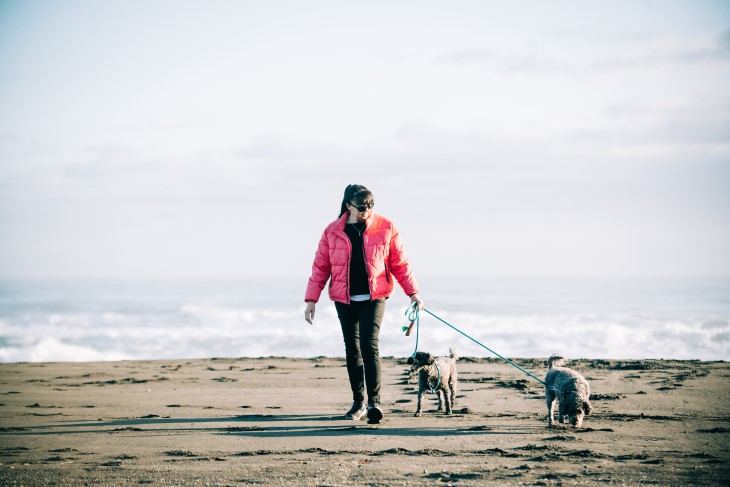
Filling a gap in health care
Osteoporosis is a chronic condition which causes bones to become weak and brittle, with reduced bone mineral density leading to increased risk of fragility factures from low-impact trauma.
In 2014, Osteoporosis New Zealand (ONZ) identified there was a pervasive and persistent gap in care for people suffering fragility fractures caused by osteoporosis. In 2015, the Ministry of Health recommended for all district health boards to implement the Fracture Liaison Service.
There has been progressive establishment and expansion of the service over the past decade, which has been made possible through the strategic partnership between ONZ and ACC.
Today, there’s a Fracture Liaison Service supporting each Health New Zealand district hospital.
The FLS is a secondary fragility fracture prevention service. It’s done through identification of those patients with the first fragility fracture, investigation and intervention (scans and anti-osteoporotic medication) for fragility fracture sufferers, with the aim of preventing future fractures.
Those who sustain fractures are at double the risk of subsequent fractures compared to their peers who are fracture free, while half of patients who sustain hip fractures break another bone before breaking their hip.

The impact of falls
In 2023, ACC accepted over 173,000 new claims for fall-related injuries from adults aged over 65.
The total cost of fall-related injuries for people aged over 65 in 2023 was $345 million to help people recover.
“We estimate that, by doing nothing to prevent these injuries, the cost of these falls and fractures would reach $720 million by 2035,” says ACC Injury Prevention Leader James Whitaker.
So ACC runs the Live Stronger for Longer programme which aims to sustainably minimise the economic, social and personal burden of falls and fragility fractures.
“Our evidence suggests that, by engaging those most at risk, it’s possible to prevent 30 to 40 per cent of fractures experienced by people aged 50 years and over,” James says.
“Falls have a significant impact on a person’s quality of life, especially if it results in a fracture, so we want to do what we can to prevent them from happening in the first place.”
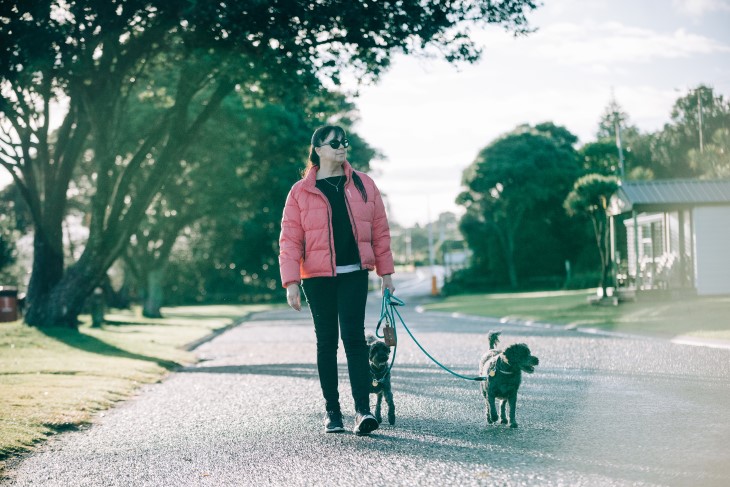
Live Stronger for Longer
The Live Stronger for Longer programme has two key areas to improve health outcomes for older adults.
One is the national network of independently accredited world-class Fracture Liaison Services while the other is based on injury prevention.
The focus is on improving strength and balance, which can be done through community classes or the ACC Nymbl app.
Nymbl is a free balance-based app designed to help seniors stay on their feet using dual tasking, combining simple body movements with easy brain games, like trivia, to challenge both the brain and body.
You can download Nymbl via the Google Play or Apple App stores.
More information is available on the Live Stronger for Longer website.




